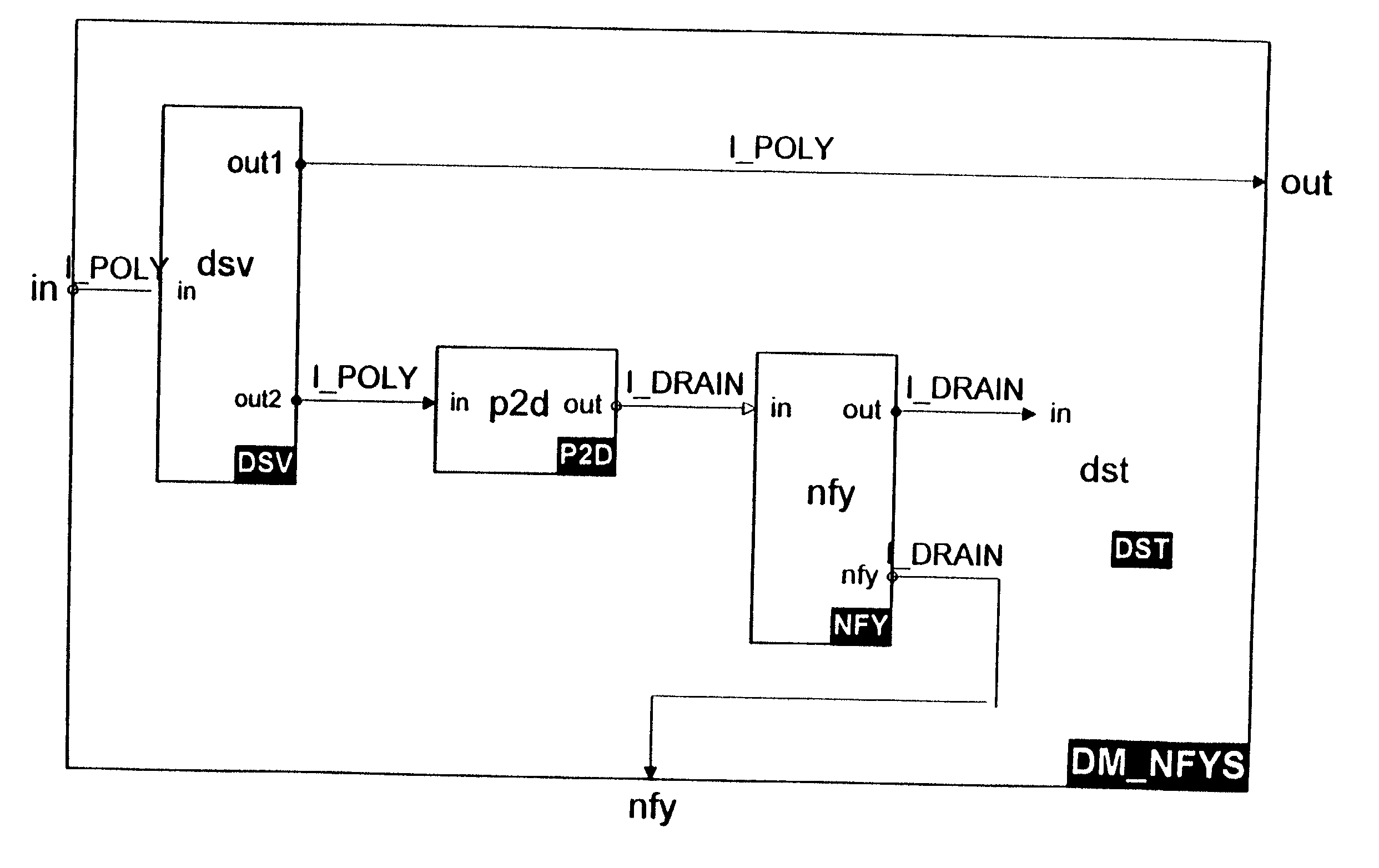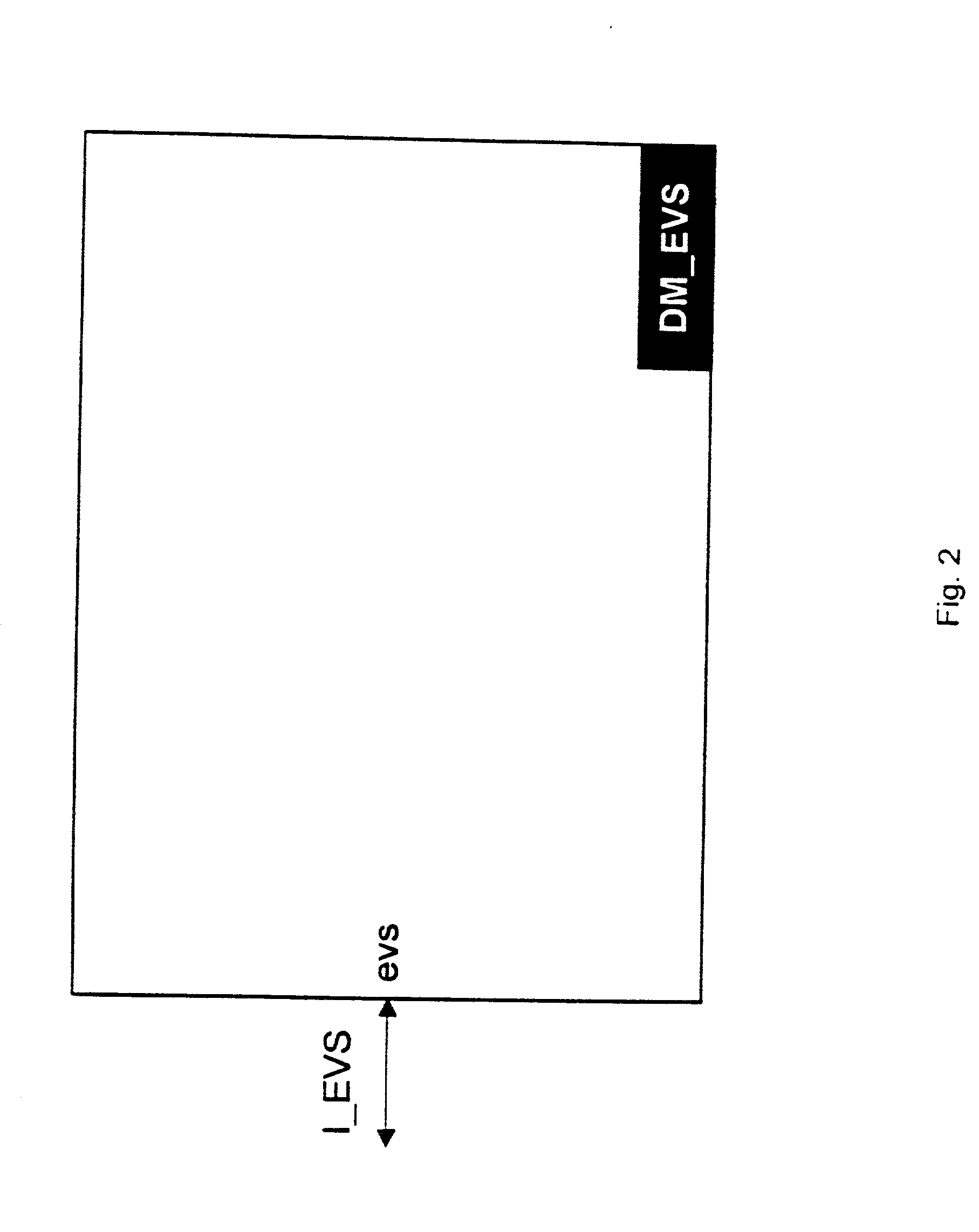System of reusable software parts for distributing event flows and methods of use
a software component and event flow technology, applied in the field of object-oriented software engineering, can solve the problems of inferior composition approaches, difficult to support software design by composition, and limited use of composition in the construction of software systems
- Summary
- Abstract
- Description
- Claims
- Application Information
AI Technical Summary
Problems solved by technology
Method used
Image
Examples
case 1 (
[2648] Case 1 (no CMST_SUBMIT or CMST_OK)
[2649] DM_DIS receives a call on in with the preview attribute set.
[2650] DM_DIS calls both out1 and out2 with the operation, none of them returns CMST_SUBMIT or CMST_OK
[2651] DM_DIS returns the status from out1.
case 2 (
[2652] Case 2 (one of the outputs returns CMST_SUBMIT)
[2653] DM_DIS receives a call on in with the preview attribute set
[2654] DM0DIS calls both out1 and out2 with the operation
[2655] the following information is saved:
[2656] set "pass" flag
[2657] which output returned CMST_SUBMIT (1 or 2)
[2658] which I_DIO operation was called
[2659] DM_DIS returns CMST_SUBMIT
[2660] When the next call is received on in; if not the same call as the one saved in step 3, DM_DIS resets the "pass" flag and processes the call as normal (depending on the preview flag)
[2661] If the call is the same: the call is passed to the output (as saved from step 3).
case 3 (
[2662] Case 3 (one or both outputs returns CMST_OK)
[2663] receive a call on in with the preview attribute set
[2664] call both out1 and out2 with the operation
[2665] save the following information in self:
[2666] set "pass" flag
[2667] which output(s) returned CMST_OK
[2668] which I_DIO operation was called
[2669] return CMST_OK
[2670] receive a call on in; if not the same call as the one saved in step 3, reset the "pass" flag and process the call as normal (depending on the preview flag)
[2671] If the call is the same: the call is passed to the output(s) (as saved from step 3). If one or both calls return CMST_PENDING, log an error.
[2672] If only one output was called--DM_DIS returns the status from that call.
[2673] If both outputs were called--DM_DIS returns the status from the second call if the first one returned CMST_OK and the status from the first call otherwise.
Bi-directional Operation
[2674] Parts that implement the I_DIO interface can use the back channel of the I_DIO connection t...
PUM
 Login to View More
Login to View More Abstract
Description
Claims
Application Information
 Login to View More
Login to View More - R&D
- Intellectual Property
- Life Sciences
- Materials
- Tech Scout
- Unparalleled Data Quality
- Higher Quality Content
- 60% Fewer Hallucinations
Browse by: Latest US Patents, China's latest patents, Technical Efficacy Thesaurus, Application Domain, Technology Topic, Popular Technical Reports.
© 2025 PatSnap. All rights reserved.Legal|Privacy policy|Modern Slavery Act Transparency Statement|Sitemap|About US| Contact US: help@patsnap.com



